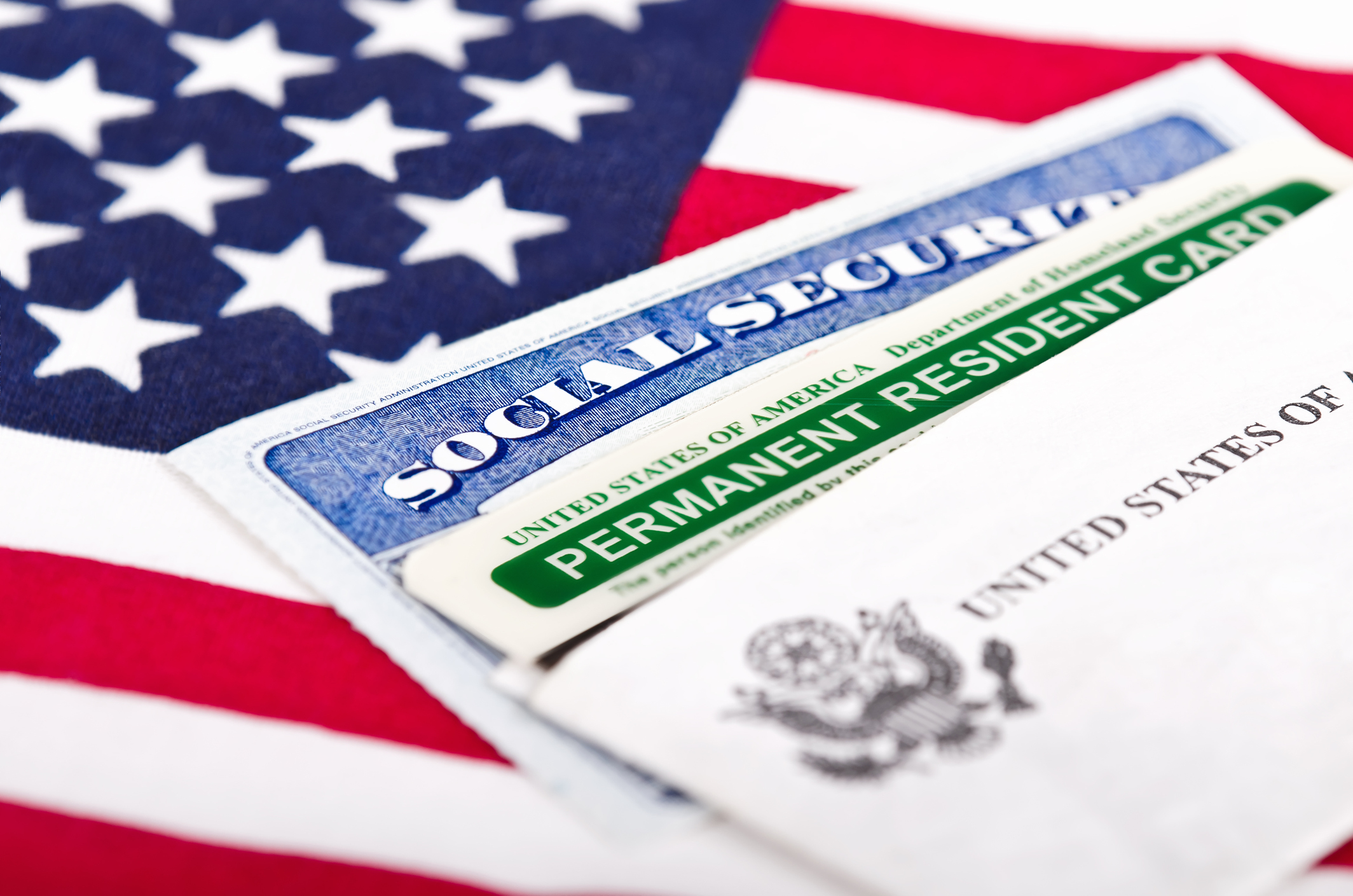The Social Security Administration (SSA) has been busy sending employers an “educational” letter, but you would be wise to read between the lines. With U.S. Immigration and Customs Enforcement (ICE) raising the heat on worksite enforcement audits, you should learn more about the impact the agency’s so-called educational letters can have on your immigration compliance.
Introducing the ‘Pre-No-Match Letter’
On July 30, 2018, the SSA began sending an educational correspondence announcement (ECA) letter to employers and third parties nationwide. The ECA letter reminds employers of the importance of maintaining accurate wage records. It also provides a list of agency online resources that can help employers to ensure they provide accurate information.
While the letter seems harmless on its face, the underlying message is that the recipients reported information in their 2017 Form W-2 that doesn’t match the SSA’s records. Unlike the letter commonly referred to as a no-match letter, the ECA letter doesn’t provide employers with any information about the number of mismatches or the individuals whose information didn’t match the agency’s records.
Employers don’t have to respond to an ECA letter but will be required to answer an employer correction request (ECR). What is an ECR? It’s the new “no-match letter” that the SSA will be sending in 2019 if you submitted information in your 2018 Form W-2 that doesn’t match its records.
Essentially, the ECA letter sent to employers in 2018 serves as a heads-up for the no-match letter—or what the agency is referring to as an ECR—you may receive in 2019.
Why You Shouldn’t Ignore ECA Letter
Don’t ignore your ECA letter. Because it doesn’t specify whose information is inaccurate, many employers are making the mistake of tossing it aside. While it’s true that, unlike with a no-match letter, there is no obligation to provide any information to the SSA, you should recall the potential immigration implications that arise with receiving such notices from the agency.
During the Bush-era, the U.S. Department of Homeland Security (DHS) proposed a regulation that would have imposed additional immigration compliance obligations on employers receiving a no-match letter. The regulation zeroed in on two scenarios for which an employer would have been deemed to have gained “constructive knowledge” of an employee’s lack of authorization to work in the United States.
After a couple years of litigation, however, DHS abandoned the regulation. ICE’s Homeland Security Investigations (HSI) nevertheless continues to require employers to provide copies of no-match letters during its Form I-9 audits. Under those circumstances, HSI also may require employers to produce the ECA letter and any ECR they received from the SSA.
Accordingly, you shouldn’t turn a blind eye to the ECA letter. If you received one, take the following steps:
- Ask employees to verify that the information in their W-2 matches the name and number on their Social Security card;
- Remind employees that they should report all name changes to the SSA;
- Direct new hires or existing employees who don’t have a Social Security number (SSN) to the SSA website or office;
- Verify your records for any clerical errors (if you transcribe any written document to your payroll system, it’s easy to make an incorrect entry); and
- Ask new hires to verify their information (specifically, their first, middle, and last names) is exactly the same as shown on their Social Security card.
- Document the steps you’ve taken to ensure you have accurate records.
What Else to Do if You Receive an ECR
Ensure you are familiar with the potential consequences. While ECRs and no-match letters serve a similar purpose, the method of addressing each is expected to be different. Originally, when employers submitted mismatched information, they would receive a no-match letter for each employee whose information was incorrect. Now, the SSA will send employers an ECR that indicates only the total number of employees whose records didn’t match the agency’s records.
To obtain additional detail, the SSA has insinuated that an employer will be required to register with the border services officer (BSO), making enrollment mandatory for recipients. In turn, the employer could be required to enroll in E-Verify’s little cousin, Social Security Number Verification Services (SSNVS). Just like with the Form I-9 and E-Verify, the SSNVS comes with its own sets of rules. Accordingly, be sure you understand how to respond to an ECR and manage your BSO enrollment.
Bottom Line
Remember, DHS, ICE, and the HSI will care if you received an ECA, an ECR, or a no-match letter, so you should care, too. Don’t wait until you get an ECR to get your records in order. If you receive one, vet the potential consequences that will come with responding to it.
Learn how to identify the biggest compliance risks and how to avoid costly penalties for knowingly hiring or continuing to employ undocumented workers, when you attend the HR Comply session: “ICE Enforcement Significantly on the Rise: How to Avoid the Top 10 Employment Verification and Form I-9 Compliance Risks Workplaces Are Now Facing.” Jacob Monty will also help you identify which employment verification or Form I-9 documentation practices could yield the most costly fines and how you can fix them. HR Comply will take place during the larger, HR World event in Nashville, Tennessee on November 14-15, 2019. Click here to learn more, or to register today.

